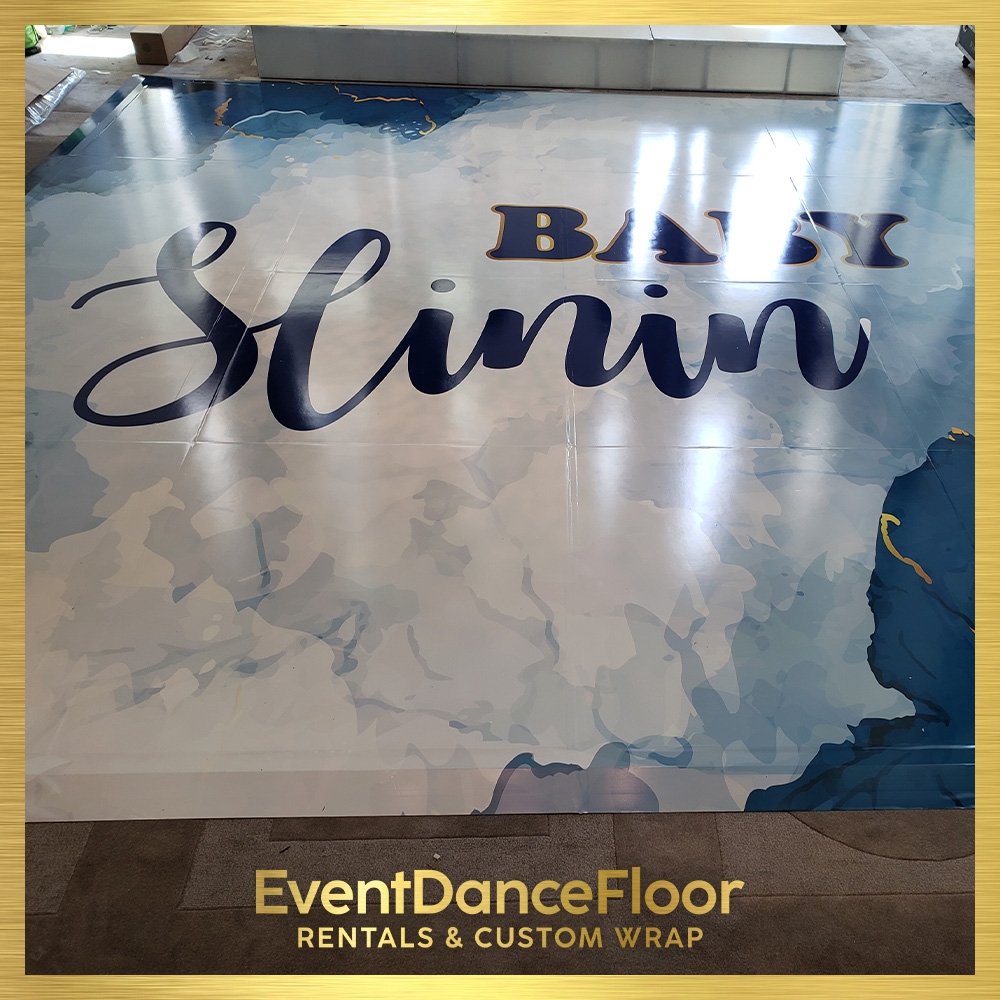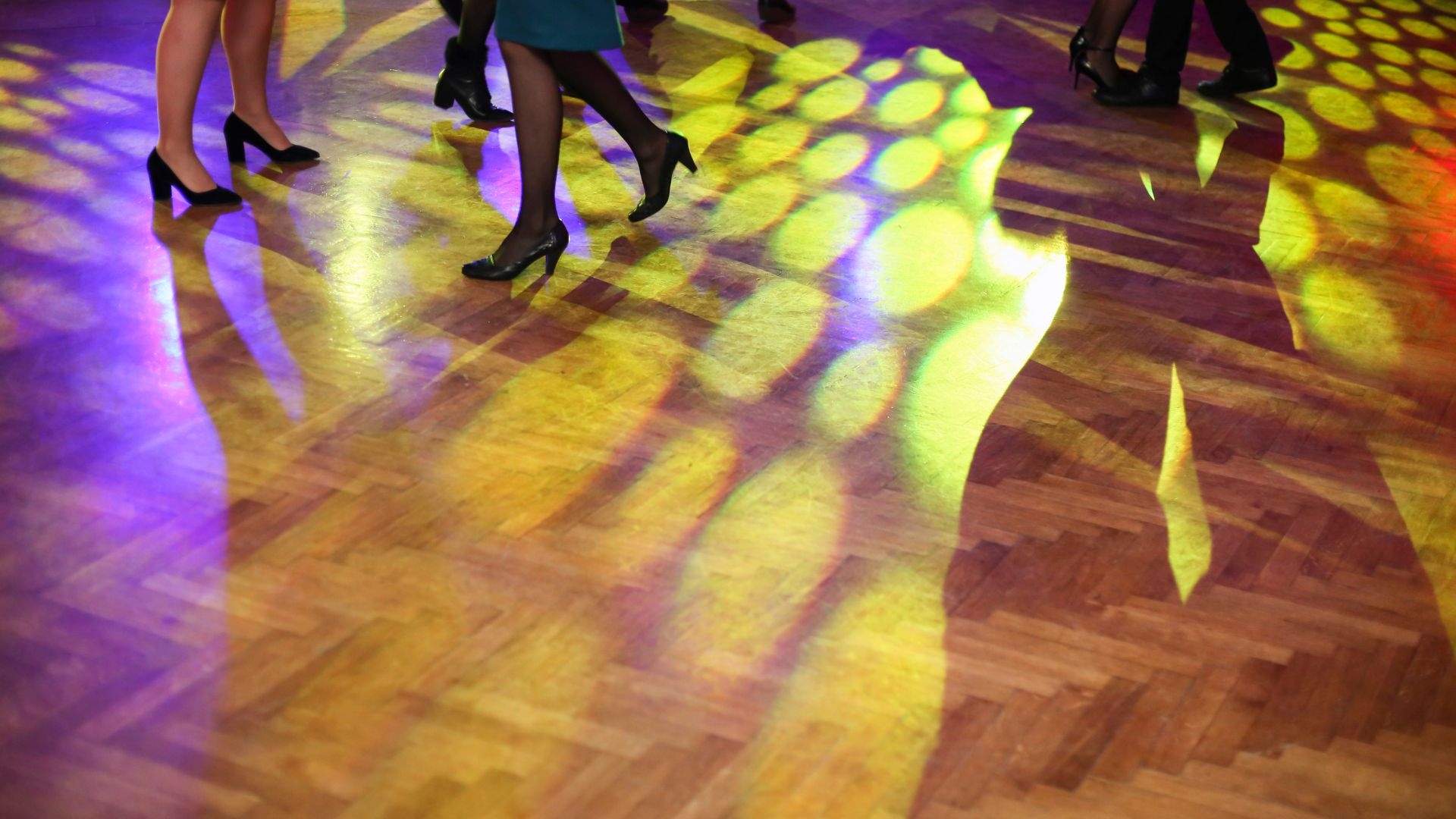Recycled Rubber Dance Tiles
How are recycled rubber dance tiles made?
Recycled rubber dance tiles are made by collecting discarded rubber materials, such as old tires, and processing them into smaller pieces. These rubber pieces are then molded and compressed together to form durable and shock-absorbent tiles that are suitable for dance studios. The process of creating recycled rubber dance tiles helps reduce waste and promotes sustainability in the manufacturing industry.







